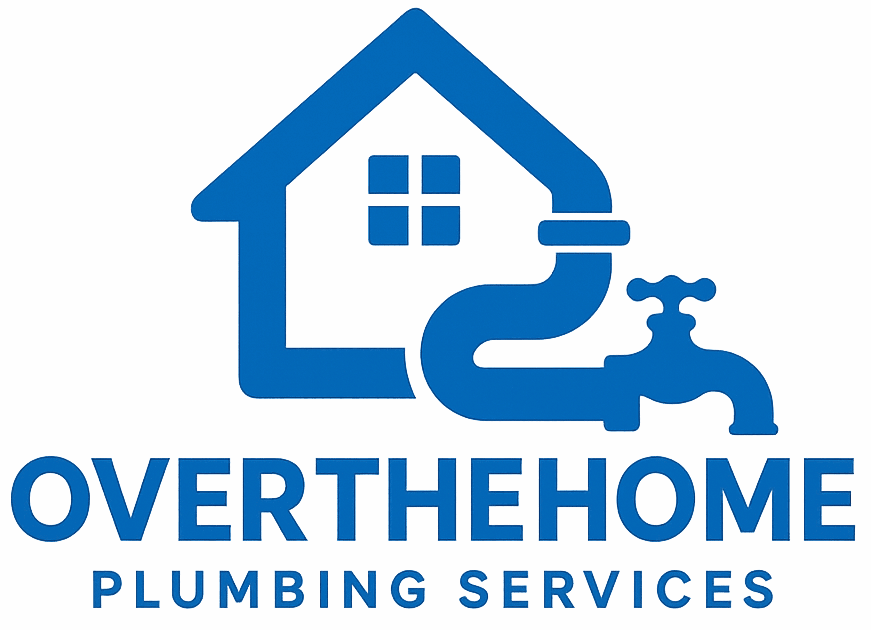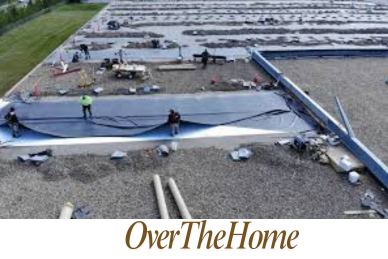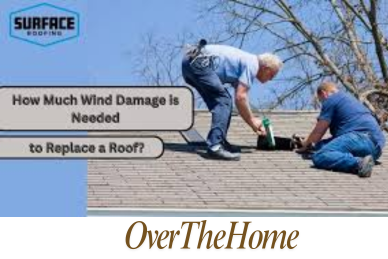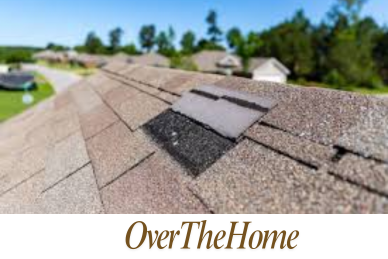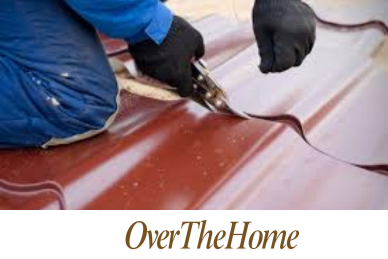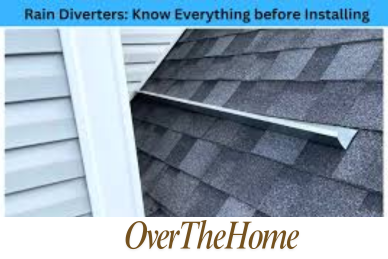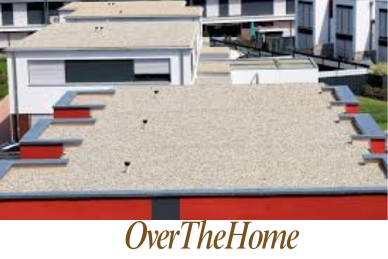How Often Should a Flat Roof Be Inspected?
Short Answer: Flat roofs should be inspected at least twice a year, ideally in the spring and fall, to catch any potential damage before extreme weather conditions set in. Additionally, inspections should be conducted after major weather events such as storms, heavy snowfall, or hail.
Regular inspections of flat roofs are crucial to ensure that small issues don’t evolve into costly repairs. This article explains how often a flat roof should be inspected, what to look for during inspections, and why regular maintenance can extend the lifespan of your roof.
Why Flat Roofs Need Frequent Inspections?
Unlike sloped roofs, which naturally shed water, flat roofs tend to accumulate debris, water, and snow. This can lead to ponding water, which increases the likelihood of leaks and structural damage. Additionally, because flat roofs are often built with materials such as asphalt, rubber, or PVC membranes, they are prone to wear and tear from weather exposure, UV rays, and temperature fluctuations. Without regular inspections, these problems can go unnoticed until significant damage has occurred.
For example, pooled water on a flat roof that isn’t addressed promptly can lead to roof membrane deterioration. If water seeps into the underlying structure, it can cause leaks, mold growth, and rot. This makes inspections critical for spotting early warning signs of damage.
What’s the Recommended Inspection Frequency for Flat Roofs?
Flat roofs should be inspected at least twice a year—once in the spring and once in the fall. These seasonal inspections allow homeowners or building managers to address any damage caused by the harsher weather conditions of winter or summer. Here’s why these seasons are key:
- Spring Inspection: After winter, flat roofs are often exposed to accumulated snow, ice, and the expansion-contraction cycles caused by freezing and thawing. Inspecting in the spring ensures that any damage from ice dams, cracking, or ponding water can be addressed early.
- Fall Inspection: Fall is an ideal time to prepare the roof for winter. Clearing away leaves and debris is essential to prevent blockages in drainage systems. This inspection also helps ensure that the roof is in good condition before snow or ice accumulates, which could exacerbate existing problems.
Additionally, flat roofs should be inspected after major weather events, such as:
- Storms: Heavy rains and strong winds can damage the roofing membrane or flashings, leading to leaks.
- Hailstorms: Hail can puncture or dent flat roof surfaces, especially on more delicate materials like TPO or PVC membranes.
- Heavy Snowfalls: Accumulated snow adds weight to the roof, and when it melts, water pooling can occur, creating a higher risk of leaks.
In general, keeping an eye on your flat roof during extreme weather conditions is crucial to catching issues early and preventing extensive damage.
What to Look for During a Flat Roof Inspection?
During an inspection, you should check both the exterior and interior of the building for signs of damage. Here’s a breakdown of what to look for:
1. Surface Damage
Check the roof membrane for visible signs of damage, such as cracks, tears, punctures, or blistering. Blistering can occur when air or moisture gets trapped between the layers of roofing material, causing the surface to bubble up.
2. Ponding Water
Look for areas where water has pooled on the roof. Water that sits for more than 48 hours after rainfall can deteriorate the roof material and lead to leaks. If ponding is a recurring issue, you may need to improve drainage or consider roof modifications to reduce water accumulation.
3. Flashing Issues
Inspect the flashings around roof penetrations (such as vents, skylights, and chimneys) and the edges of the roof. Loose or damaged flashing is a common cause of leaks, as it prevents water from seeping under the roofing material.
4. Seams and Joints
Flat roofs often use membranes that are sealed at the seams. Check the seams for signs of separation or damage, as this is where water can easily penetrate. Additionally, ensure that any joints between roofing materials and walls or other structures are intact.
5. Interior Leaks and Water Stains
Inside the building, check ceilings and walls for signs of water intrusion, such as stains, dampness, or mold. Leaks may not always be immediately visible on the roof’s surface, so inspecting the interior for damage is just as important.
How do Professional Inspections Differ from DIY Inspections?
While it’s important for homeowners or property managers to regularly inspect their flat roofs, a professional inspection provides a more thorough assessment. Roofing professionals use specialized equipment, such as infrared cameras, to detect moisture beneath the surface of the roof, which is not visible during a standard visual inspection. They also have the expertise to spot less obvious issues, like subtle membrane wear, improper installation, or early signs of structural problems.
Why Hire a Professional:
- Professionals can recommend the best course of action for repairs or maintenance, preventing small issues from becoming costly.
- They provide detailed reports, including photos, documentation, and repair recommendations.
- Some manufacturers require regular professional inspections to maintain the roof’s warranty.
Cost of Professional Inspections
On average, professional flat roof inspections can range from $150 to $400, depending on the size of the roof and the complexity of the inspection. While it may seem like an additional expense, regular inspections can save you money in the long run by preventing costly repairs or full roof replacements.
Preventive Maintenance for Flat Roofs
In addition to regular inspections, there are several maintenance tasks you can perform to prolong the life of your flat roof:
- Clear Debris Regularly: Flat roofs tend to collect leaves, dirt, and debris, which can clog drainage systems and lead to water buildup. Regularly clearing debris ensures proper drainage.
- Maintain Drainage Systems: Ensure that gutters, downspouts, and roof drains are clear and functioning properly. Poor drainage is a leading cause of ponding water and leaks.
- Seal Cracks and Joints: Small cracks or gaps in the roof membrane should be repaired promptly to prevent water infiltration. Use roofing sealants to patch minor issues before they worsen.
What’s the Typical Lifespan for Flat Roofs?
The frequency and quality of inspections can significantly impact the longevity of a flat roof. On average, flat roofs last between 15 to 30 years, depending on the materials used and the level of maintenance. Below is a general guide to the lifespans of common flat roofing materials:
| Roofing Material | Average Lifespan |
| Modified Bitumen | 10-20 years |
| EPDM (Rubber) | 20-25 years |
| TPO (Thermoplastic) | 15-20 years |
| PVC (Polyvinyl Chloride) | 20-30 years |
Wrapping Up
Flat roofs require regular inspections—at least twice a year and after major weather events—to ensure their durability and prevent significant issues like leaks or structural damage. While DIY inspections are a good first step, scheduling professional assessments can uncover hidden issues and ensure that your roof is well-maintained. By staying proactive with inspections and maintenance, you can extend the life of your flat roof and avoid costly repairs down the line.
